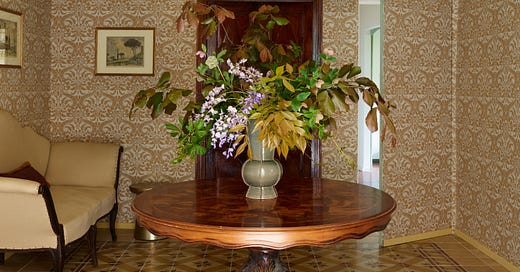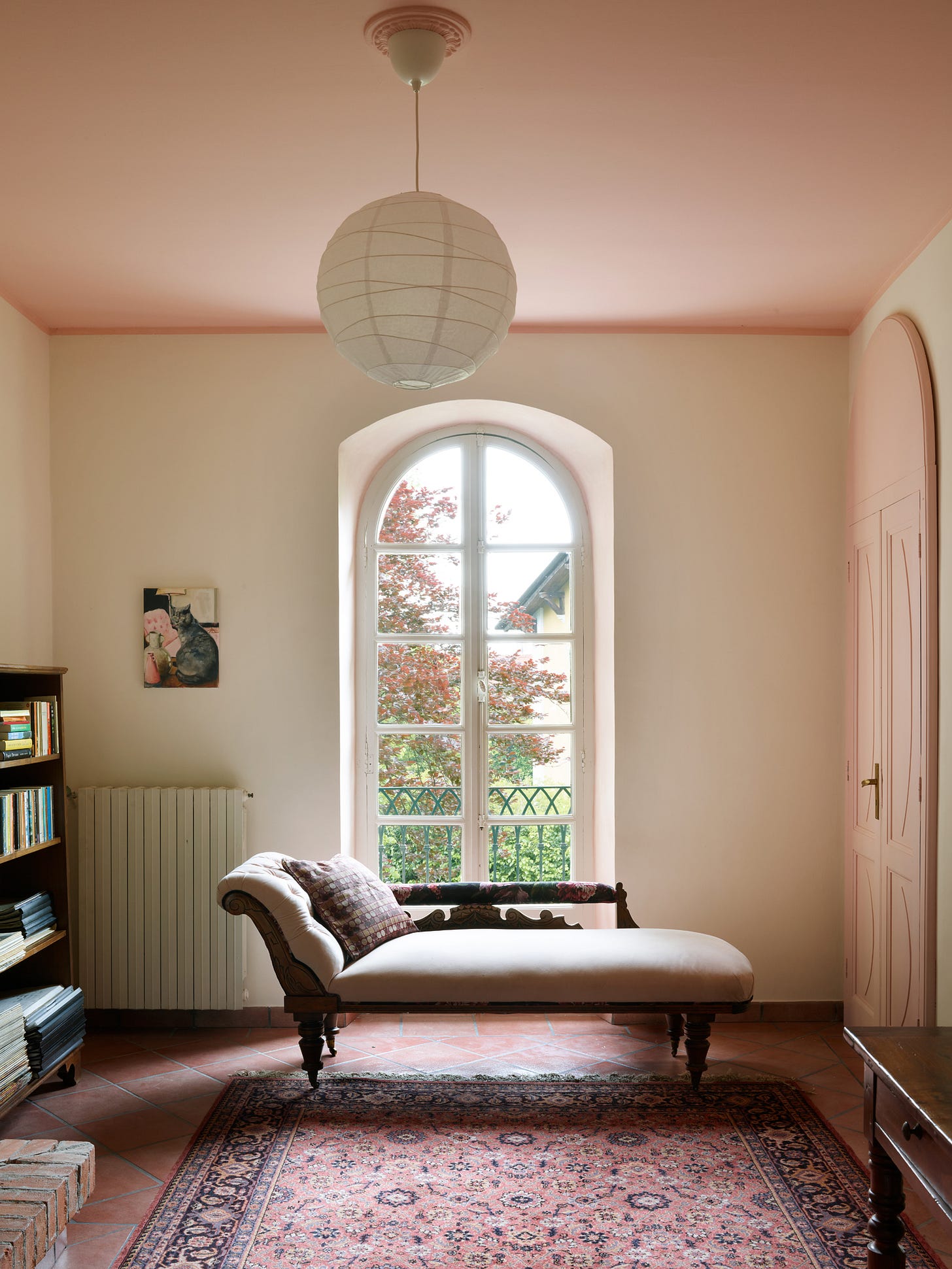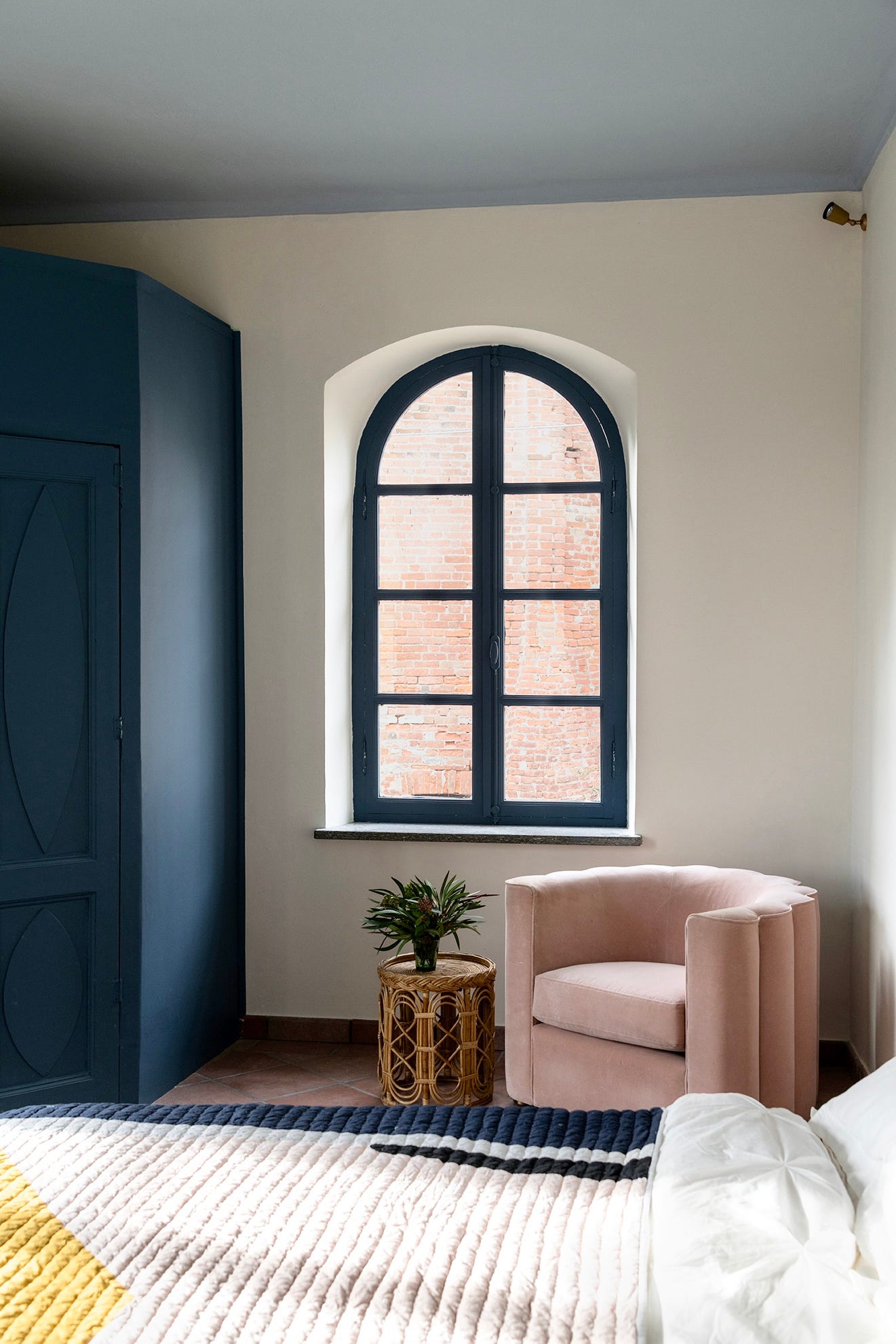Help! My husband has Ikea-itis – and I think it's because of the colour yellow
A look at the psychology of colour to find out how it affects our moods, why we react the way we do, and how that knowledge should inform the way we live.
It’s happened three times now – and, as any fule no, while twice is a coincidence, three is a trend. We have arrived at that great Swedish store on the outskirts of Turin, and within a few minutes of arriving The Mad Husband begins to complain of feeling faint and nauseous.
We have perfected the art of the sprint round the showroom, visiting only the Marketplace, and we have learned the shortcuts (yes, they do exist). We have taken bottled water, stopped for coffee en route and finished up with a slice of pizza (this is Italian Ikea, after all). Every time we go we vow it’s the last (yes I know) and in the car on the way back home we have pondered the cause of his IKEA-itis.
Is the lack of air? The artificial light? The overwhelming array of stuff? Is it because he needs to eat? Ate too much at lunch? Is he dehydrated? Over-caffeinated? Does he… (oh, God) just actually hate shopping?
He doesn’t – over the course of the last year, equipping the house both for ourselves and our interior design retreat guests, our visits to Ikea have often been at his instigation.

Then, on the last excursion, we think we identified the cause of the problem. As we parked the car and headed to the entrance, we approached the massive yellow wall by the foot of the escalators. My husband took an involuntary deep breath. The anxiety was back. And – since we were only going in for a few mugs – it wasn’t a financial panic.
Guys – it’s the wall! The big yellow wall! As soon as he sees it he feels stressed. And that (cue Sex & The City voiceover), got me thinking: If we understood a little more about colour psychology, could we decorate our homes to improve our mental health?
The short answer is yes. As long-standing readers will know, I am a passionate believer in using our homes for mental as well as physical support. But let’s take a deeper dive into how that works with colour.
Yellow is the colour of warning and danger. Those little yellow men on the “Danger of Death” signs that my sons used to point out with glee. Black and yellow tape signals a line we Do Not Cross. Is The Mad Husband’s psyche actually put into fight-or-flight mode by the cheery yellow Ikea wall?
Ironically we made this discovery shortly before Dulux announced that its colour of the year for 2025 is True Joy, a shade that, in my husband’s case is only going to result in True Nausea.
Academics and authors have written reams of learned stuff on colour psychology and I don’t pretend to be an expert but I did have a (not entirely) light-hearted look at it for the first Mad About The House book.
And, a couple of years ago, for the Great Indoors podcast, we interviewed a professor of colour from Leeds University. During a long conversation about our reactions to colour he managed to tie together my long-standing refusal to use blue in interiors with my fear of water and a bullying swimming teacher in the 1970s. I mean it’s not a huge leap, but it does kinda make sense.
Karen Haller, who runs a behavioural design consultancy and who is an expert on applied colour psychology (who we interviewed separately) says we react to colour in one of three ways:
Personal – This comes from a memory or association which is why people often don’t like a colour that they associate with a school uniform. And that reaction can last for years.
Cultural or symbolic – How a shade is seen where you come from. So white is the colour of mourning in China, orange is the Dutch football team and royal family, but might symbolise the penal system in the US.
Psychological – How it makes you feel and behave. This is an emotional reaction that we can’t necessarily control.
Understanding our reactions and, crucially, those of the people we live with, can help us reach a colour scheme that works for everyone. After all, remember there’s no such thing as the wrong colour – just the wrong shade for you.
So here, in a fancy that/how do I feel about it/ let’s take it to the watercooler kind of way, is some basic colour psychology for you, taken from that first book.
As you know this is a reader-supported publication. I do at least one free post a month (often two) and I’m so happy that so many of you have chosen to subscribe to those. If you would like more, then for £6 a month (discounted to £65 a year) you can have lots more – including access to my monthly live design clinic. So if you want to know more about colour psychology, hit the button below.






